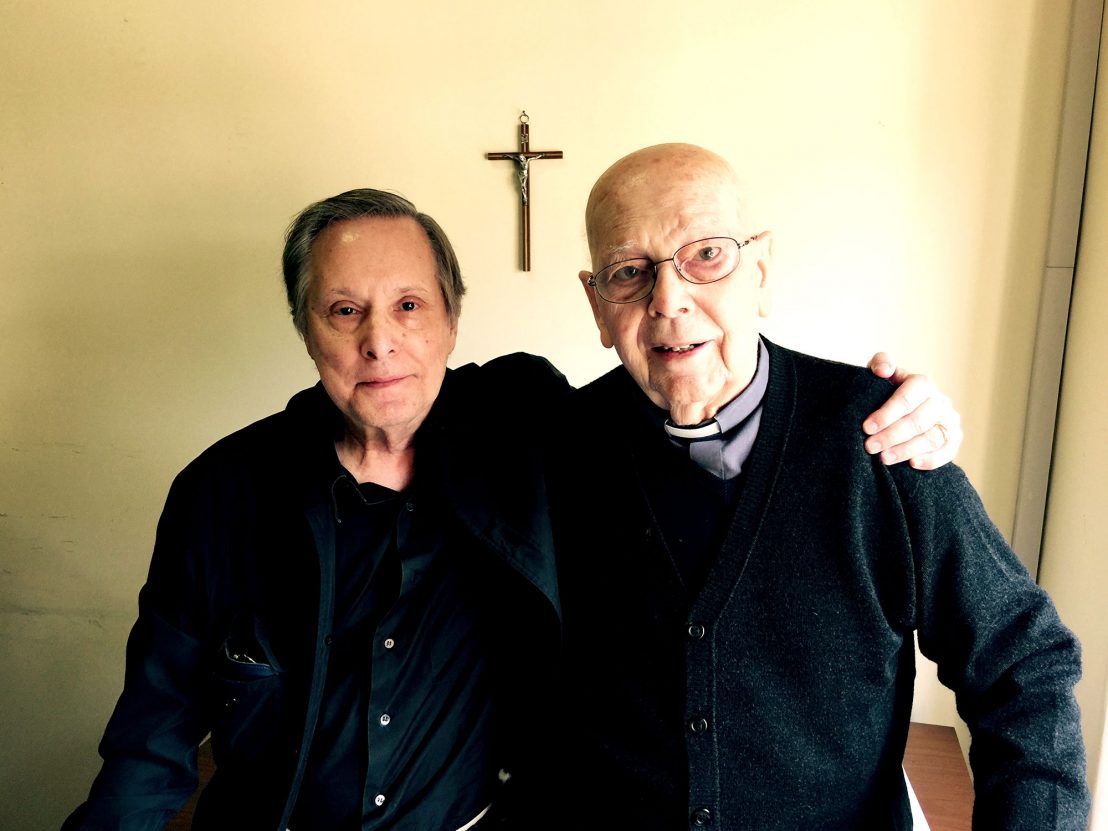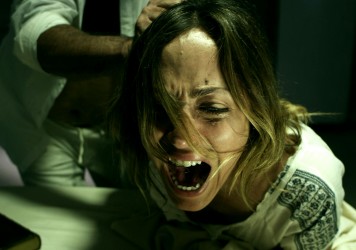
William Friedkin revisits his Exorcist franchise with a bizarre doc grounded more in melodrama than cold hard fact.
Despite directing the definitive horror series about demonic possession, neither director William Friedkin nor writer William Peter Blatty (who passed away earlier this year) actually witnessed a real exorcism. Until now.
In this intriguing spin-off doc, Friedkin proceeds to present his own examination of exorcism, which serves as a useful device to plug his classic 1973 original (albeit with little footage from the film), while also spooking the bejesus out of us as his long-suffering subject, a thirtysomething Italian named Christina, endures a 10th exorcism with the best of the best: the apparently unshakable Father Amorth.
Friedkin gleefully leaps up here, there and everywhere, from Georgetown University (where Blatty wrote his book, and where some of Friedkin’s film was shot) to Rome to a more remote hill-top village away from the Italian capital, where his subject appears to lure him into a trap of full-on satanic torpor.
Alas, this pivotal sequence is not captured by Friedkin on his trusty SLR – Christina, Father Amorth and her assembled family only agreed to minimal equipment being used throughout – so we have to take Friedkin’s dramatically stylised recollection as gospel (retold over an Exorcist-esque score, with suitably swift visual cuts). There is, however, plenty of the poor Christina writhing and gnashing her way through an exorcism, as Father Amorth calmly carries on (with Christina’s family wailing and rocking behind him).
According to Friedkin, around 500,000 Italians endure an exorcist-like experience each year. That seems a staggering figure, until you consider the hold the Vatican and Catholicism still has over much of the country. He appears to genuinely believe in the validity of his subject, even going so far as to press a handful of learned interviewees into vouching for it, whether they wish to or not.
One American bishop in particular clearly has misgivings about such diagnosis in the 21st century, erring on the side of psychology as the first port of call. Friedkin pushes him into admitting that he does not perform exorcisms himself, and has no wish to do so. It is, in effect, playing with fire.
The director delivers a deliciously over-the-top narration to proceedings, providing an amusing distraction from the severity of Christina’s condition. The credibility of her condition is another matter – the audio of her possessed howl sounds suspiciously doctored to these ears – but there is no questioning her own belief. The other 500,000 seem to use the exercise as an annual purging of the soul. One imagines that therapists would have a field day with this lot.
The lo-fi look of the film, together with its uneven audio track, actually works in its favour in a found footage sort of way. What will ultimately become of it is anyone’s guess, but given Friedkin’s fanbase one imagines a VOD platform will pick it up. While it is unlikely to be the last word on the subject – Friedkin is apparently far from done on the subject – the doc does serve as a curious companion piece for fans, even if it throws up more questions than it answers.
Published 31 Aug 2017

By Anton Bitel
Marc Carreté’s Barcelona-set horror debut Asmodexia is out on DVD this month.

By Ed Gibbs
Alexander Payne’s gentle satire has a point to make about the state of the union – and the future of planet Earth.

By Thomas Hobbs
The director’s satirical 1994 horror explores what happens when society embraces its worst monsters.